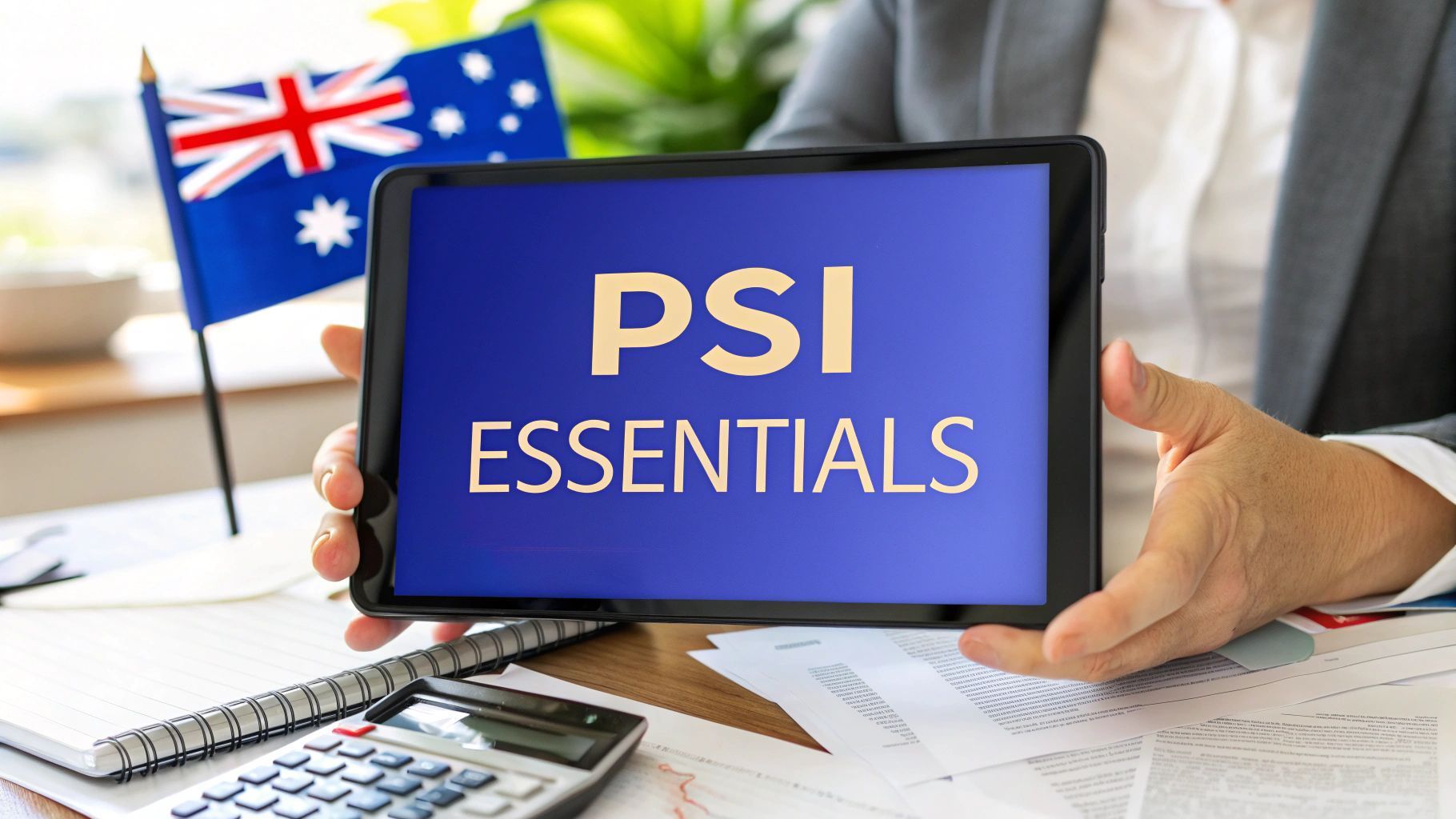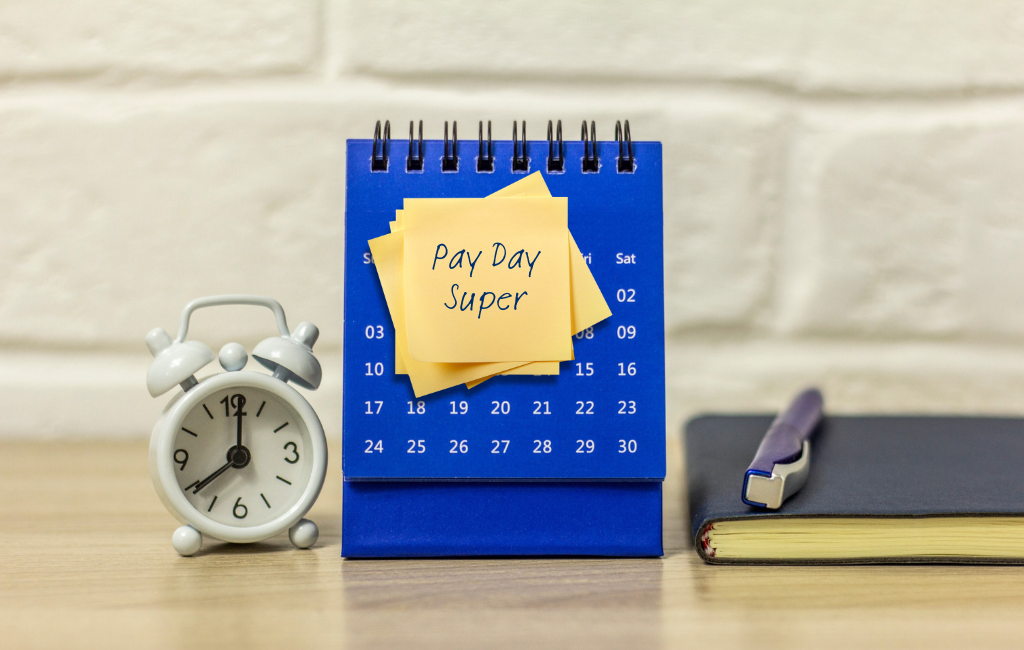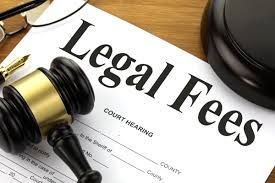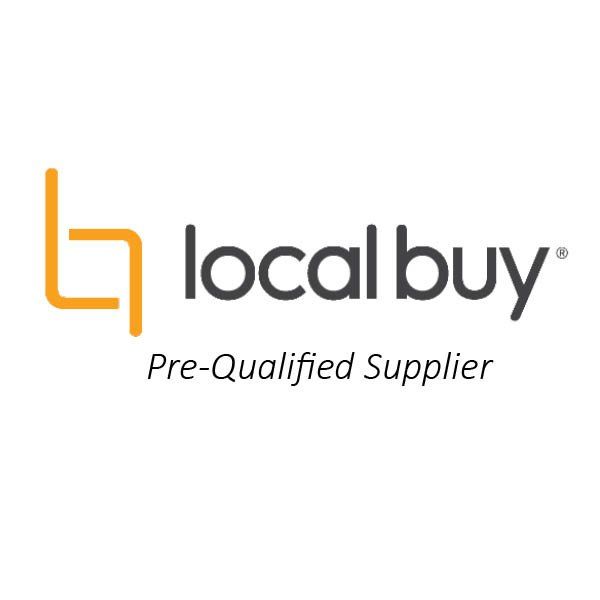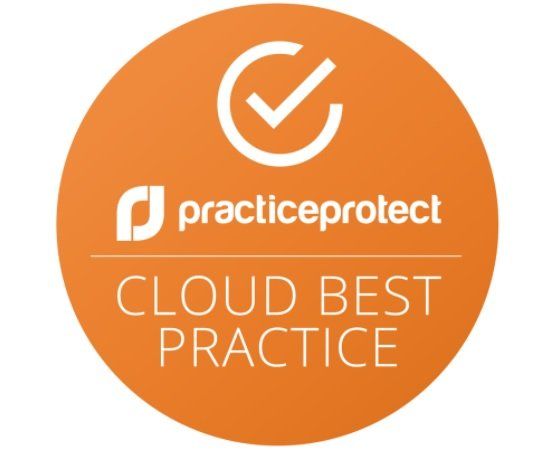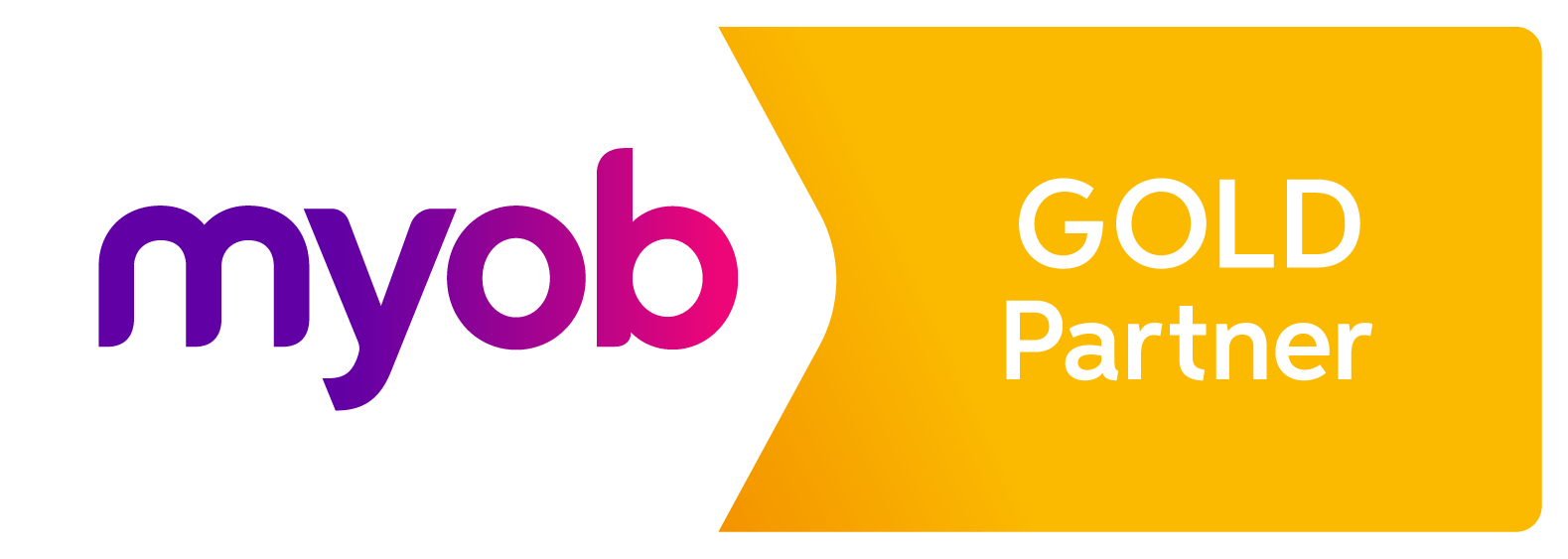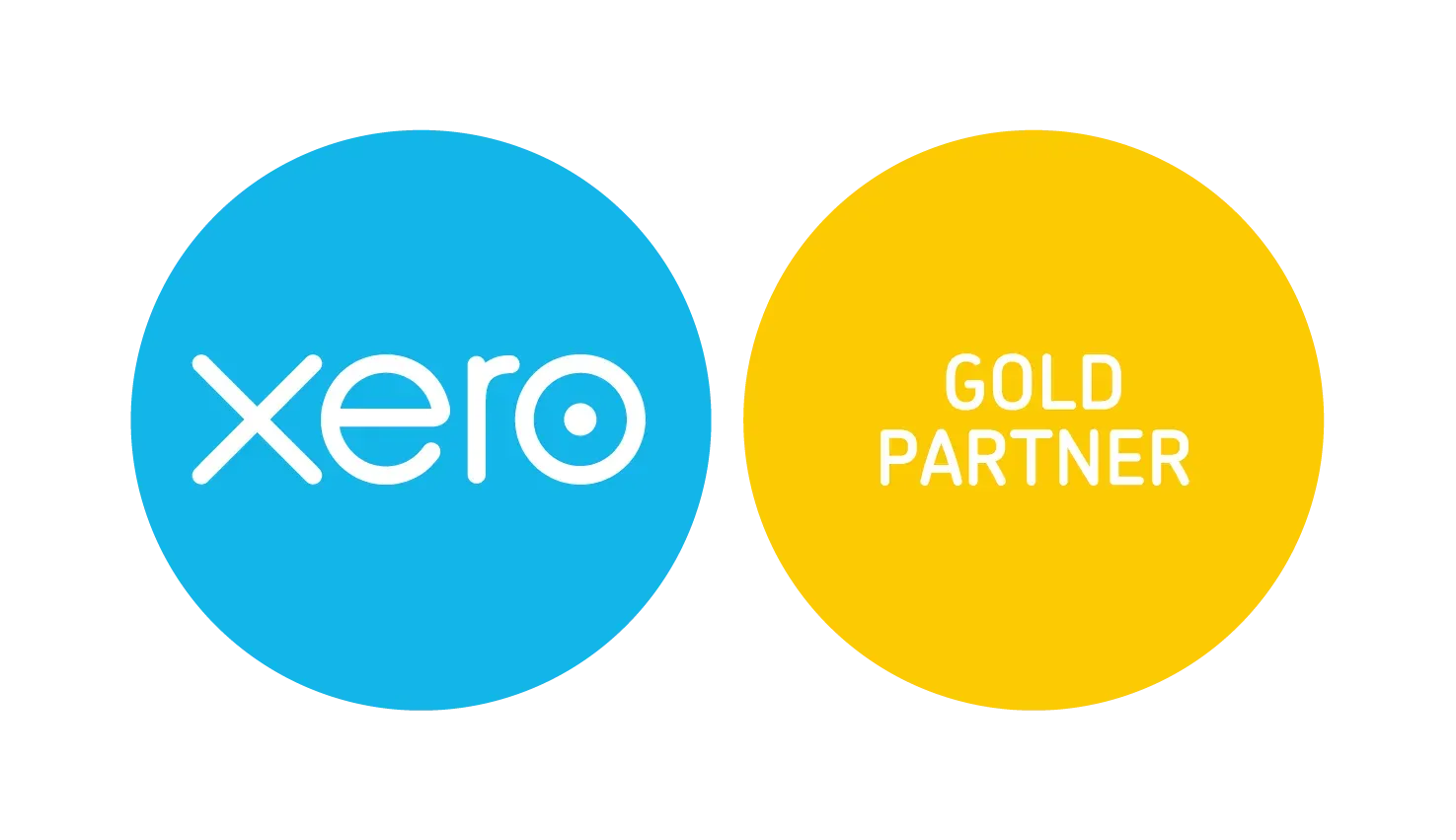The Partnership

The Partnership
Chapter 2
Fiona’s cake sales had increased to the extent that she could no longer meet demand in the kitchen of her rented flat. She scoured the town looking for commercial premises. Her sales were not yet high enough to support a shopfront or a waitress or kitchenhand. At this stage she was still restricted to making cakes for pickup or delivery. She was lucky to find vacant premises in an industrial area where the rent was cheaper. These premises already had a kitchen which, with modifications and additions, would meet her needs. The difficulty was that the renovations and additions were going to cost $50,000. Fiona was lucky to have $1,000. She decided to consult her accountant Michael to work out the best way forward. Michael had become a regular customer.
As usual, Fiona took her best friend Angelo along. Angelo told Michael that he had offered to lend Fiona the money. His father was happy to release $50,000 from Michael’s trust fund, but Fiona would not accept his offer because she did not want to take advantage of their friendship.
Michael had prepared a cash flow forecast before the meeting and told Fiona that it was unlikely that she would find a bank which would lend her $50,000. Fiona pondered this and said “I would accept the money from Angelo if he became a partner. Then he could have half the profit and I would not simply be taking advantage of his friendship”.
Michael heard a few warning bells and said “Fiona, you would be better off just accepting the offer of a loan with a rate of interest at least equal to the bank rate. Angelo would be rewarded with the interest. It is nice and clean and easy to untangle when you can stand on your own two feet”.
Fiona was stubborn. Their friendship was deep and long-lasting. She did not want even a skerrick of suspicion that she might be using it for her personal advancement.
Michael sighed and said to Angelo “Do you realise that if become a partner you could not only lose the $50,000 that you contributed but, if the worst happened, you could be responsible for any amount of money, even millions that insurance won’t cover? Debtors will attack the partner who has the money. If Fiona has nothing, they can take it all from you.”
Angelo said “Fiona is not going to fail. She has a special talent and she is careful. Besides, Dad has brilliant lawyers and they will make sure that everything is watertight. I do not even have access to my trust fund for another two years so at worst I can only lose $50,000 and even that is not going to happen.”
Michael though that, to a 23 year-old, two years is probably forever, so he tried a different approach. “Fiona, if you succeed (and I think you will) your business might be worth a million dollars one day. Michael has contributed $50,000 and would be entitled to a return of $500,000 without lifting a finger. How would you feel about that?” Fiona said, “I should like it above all things. Without his help I would never have succeeded”
Michael said “What if you find the right man and get married. How do you think your husband would feel about you giving away $500,000 to another man?” Fiona said, “I would explain to him at the beginning that I had this commitment”.
Michael said “Angelo, if you got married, how do you think your wife might feel about your business relationship with another woman? You know women can be funny about these things.”
Angelo said “Same as Fiona”.
Michael had seen too many cases where best friends had become worst enemies because one thought the he had put in so much money and was not getting any reward and the other thought that he was doing all the work and his partner was taking half the profits. It rankles. He thought about relating some of these stories to Fiona and Angelo, but he looked at the glow on their faces and decided that he would be wasting his time.
He sighed and said “I will apply for an ABN and tax file number for the partnership. Angelo, I presume your Dad’s lawyers will draw up the partnership agreement.”
In bed that night, Michael thought about the interview. Could he have handled it any better? He was not nearly as sanguine about the partnership as he had been about the sole trader.
On the bright side, as he slipped into slumber he thought “They are good cakes, though”.

